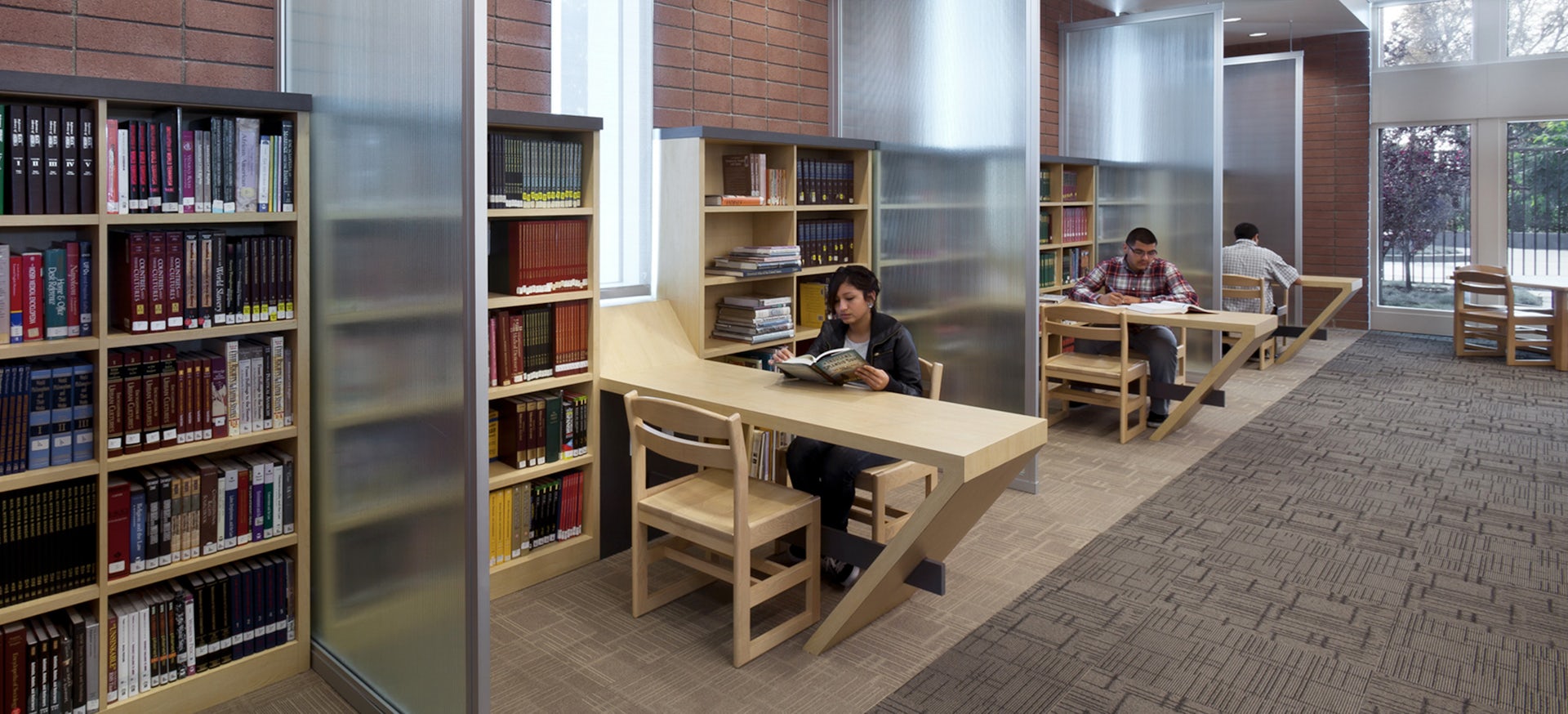Privacy is not about walls and closed doors. Studies indicate that people seek out spaces where they can define and control their own level of interaction.
Traditionally, privacy is thought of as complete seclusion and social withdrawal. But privacy is a fluid process, as people constantly adjust themselves to control their “invisible boundary” and selectively seek or avoid social interaction.
Studies have shown that design can play a key role in creating environments that allow users to find a sense of privacy, when and how they choose. People will seek out spaces and gravitate toward areas where they can find an appropriate degree of privacy, and that doesn’t always mean behind a wall or door.
A university study evaluated public spaces on campus and found that those offering more opportunities for privacy made students feel more competent, autonomous and socially included. This, in turn, resulted in more use of the space. Often, with too much open space, occupants are stripped of the opportunity to decide when and how long they want to engage with others. This lack of control over interactions will intuitively discourage occupants from using the space, as they seek their own level of privacy.
“If we only design very stagnant places where they are either defined with fixed walls or entirely open, then we’re taking away the users’ control and ability to use the environment to their benefit,” LPA research analyst Rachel Nasland says.
During the design process for a library for Britton Middle School in Morgan Hill, California, LPAred, LPA’s research team, explored the different meanings of privacy and how that can be supported through creative design strategies to imply different levels of noise and engagement appropriate for the space. Studies have shown a sense of privacy can influence students in many ways, including well-being, safety, security and their emotional adjustments to social life.
For a library or student center, incorporating privacy into design can start with an analysis of spaces reflecting different levels on the alone-together and private-public continuums, the LPAred team recommended. Zoning areas will allow for a range of interactions to occur and grant occupants greater control over their desired level of privacy, the report says.
A variety of specific design approaches can also influence how spaces accommodate privacy and encourage or discourage social interaction. Privacy is often cited by students as a key component of any facility. Understanding that the response can have several meanings will help create more informed choices as the design process progresses. “Often when people think privacy, they think someone wants to go in a room and close the door, and that’s not what it means,” Nasland says. “Privacy is this dynamic process of how we engage with others around us, on our own terms.”

















